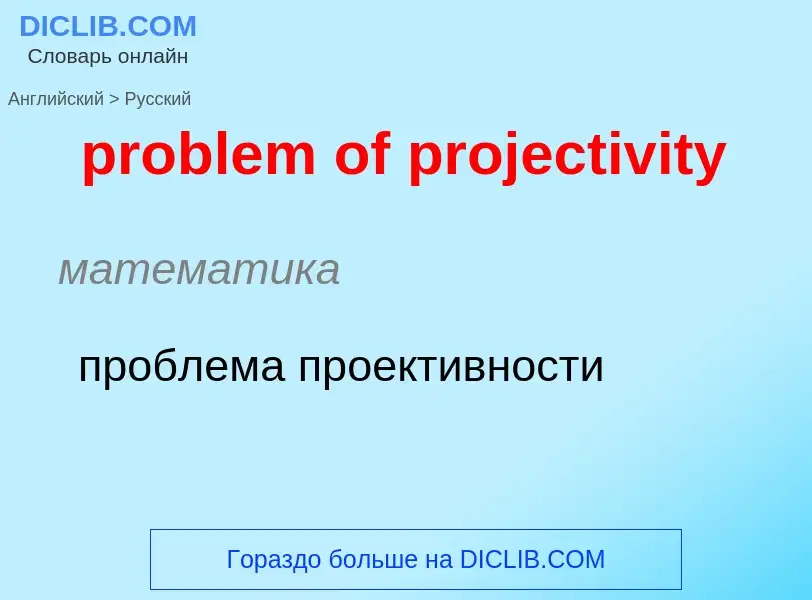Translation and analysis of words by ChatGPT artificial intelligence
On this page you can get a detailed analysis of a word or phrase, produced by the best artificial intelligence technology to date:
- how the word is used
- frequency of use
- it is used more often in oral or written speech
- word translation options
- usage examples (several phrases with translation)
- etymology
problem of projectivity - translation to russian
математика
проблема проективности
математика
задача о ранце
Definition
.
Wikipedia
In physics and astronomy, Euler's three-body problem is to solve for the motion of a particle that is acted upon by the gravitational field of two other point masses that are fixed in space. This problem is exactly solvable, and yields an approximate solution for particles moving in the gravitational fields of prolate and oblate spheroids. This problem is named after Leonhard Euler, who discussed it in memoirs published in 1760. Important extensions and analyses were contributed subsequently by Lagrange, Liouville, Laplace, Jacobi, Darboux, Le Verrier, Velde, Hamilton, Poincaré, Birkhoff and E. T. Whittaker, among others.
Euler's problem also covers the case when the particle is acted upon by other inverse-square central forces, such as the electrostatic interaction described by Coulomb's law. The classical solutions of the Euler problem have been used to study chemical bonding, using a semiclassical approximation of the energy levels of a single electron moving in the field of two atomic nuclei, such as the diatomic ion HeH2+. This was first done by Wolfgang Pauli in his doctoral dissertation under Arnold Sommerfeld, a study of the first ion of molecular hydrogen, namely the hydrogen molecule-ion H2+. These energy levels can be calculated with reasonable accuracy using the Einstein–Brillouin–Keller method, which is also the basis of the Bohr model of atomic hydrogen. More recently, as explained further in the quantum-mechanical version, analytical solutions to the eigenvalues (energies) have been obtained: these are a generalization of the Lambert W function.
The exact solution, in the full three dimensional case, can be expressed in terms of Weierstrass's elliptic functions For convenience, the problem may also be solved by numerical methods, such as Runge–Kutta integration of the equations of motion. The total energy of the moving particle is conserved, but its linear and angular momentum are not, since the two fixed centers can apply a net force and torque. Nevertheless, the particle has a second conserved quantity that corresponds to the angular momentum or to the Laplace–Runge–Lenz vector as limiting cases.
The Euler three-body problem is known by a variety of names, such as the problem of two fixed centers, the Euler–Jacobi problem, and the two-center Kepler problem. Various generalizations of Euler's problem are known; these generalizations add linear and inverse cubic forces and up to five centers of force. Special cases of these generalized problems include Darboux's problem and Velde's problem.


